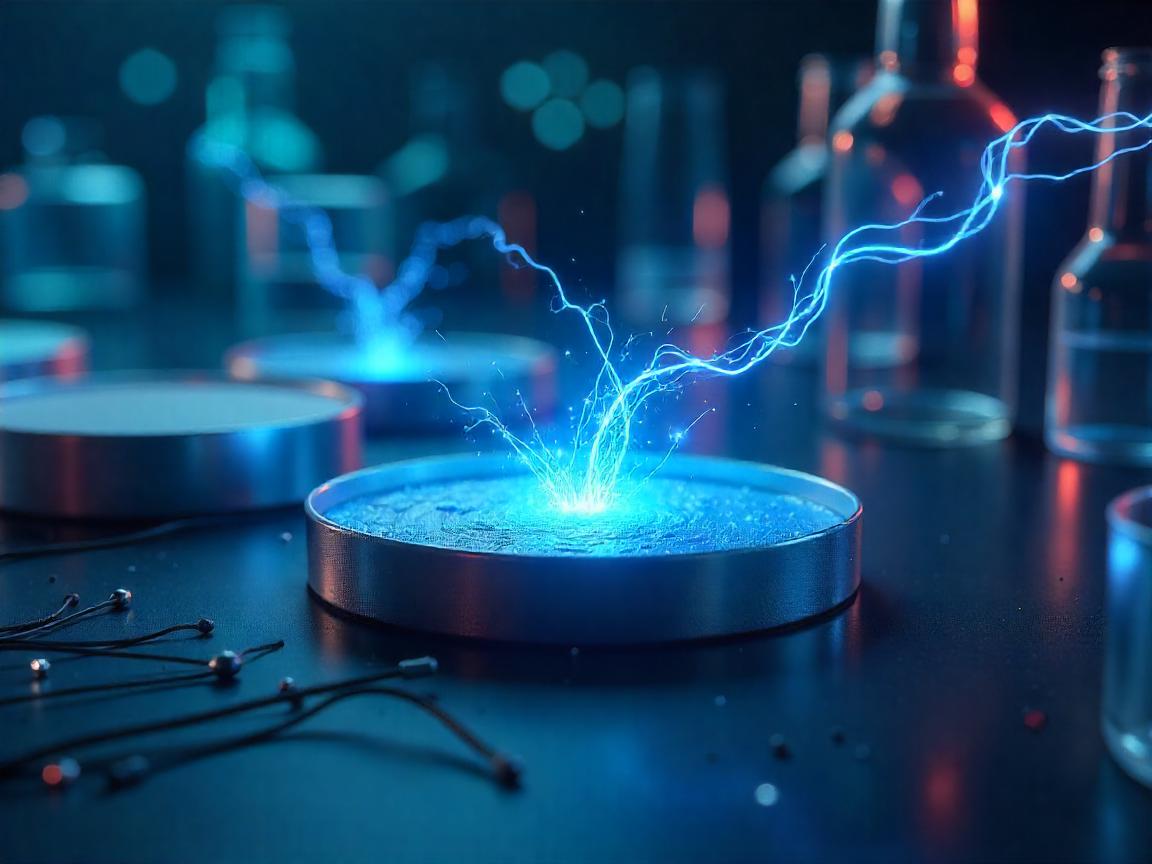
And Its Clean Energy Promise
Bacteria that breathe electricity: There is a unique buzz happening in the labs at Rice University and it’s quite literally electric. It has been found by researchers that some types of bacteria do not need oxygen to live. Rather, these animals get energy from chemical reactions that transfer electrons to the outside world. Microorganisms are special since they not only take in energy, but also make it on the spot. Consider that bacteria behave as miniature living batteries or small wires. The effects of this new specialty are so impressive that they reach beyond the world of microbiologists. With this new development, clean energy, biosensing and even life may now be seen in a whole new way.
A Living Power Source: What Makes These Bacteria Unique?
The main finding here revolves around Geobacter bacteria which send electrons outside thanks to their special nanowires. Rice University scientists, led by Dr. Caroline Ajo-Franklin, found out that the electrons aren’t released by these bacteria in a passive way. The sensory messages are sent outside through their bodily appendages, much like small electrical cables.
It is interesting to see that this process works the same way as wires in a circuit. Bacteria fasten themselves to something like a rock, metal or electrode and the extra electrons they create flow along the surface. According to Dr. Ajo-Franklin, this understanding is not the same approach we use to think about life. Even though we connect life with oxygen, this organism demonstrates that it’s possible to live without oxygen.
From the lab experiments (Rice 2025), the researchers found that each bacterial culture shows about 100 nA per cm2 of electricity, enough for a micro-sensor.
How This Could Power the Future
This is not just an unusual trait organisms developed. This technology has many applications and turns out to be very useful.
For instance, microbial fuel cells (MFCs) are an example. Electrons are pulled out of bacteria by these machines and they turn organic waste into electricity. Even though MFCs have existed for more than a decade, this new idea about how bacteria transfer electrons may make them generate more energy and improve their reliability.
Let’s look at some practical examples of this happening:
- Environmental sensors located at a distance, that use bacteria from swamps, oceans or underground water supplies.
- Where you have to make sure the power supply recharges itself because it can’t be changed on spacecraft and submarines.
- Wastewater treatment systems that assist in producing power while they filter waste.
A pilot program held in the Netherlands in 2024 showed that Geobacter-based MFCs can power river sensors for giving flood warnings. First, the power produced was only little; however, after introducing strains that produce nanowires, the power output grew by 200 percent.
A Microscopic Revolution With Macroscopic Consequences
If you think of clean energy, bacteria are rarely the first thing that comes to mind. Still, maybe this is something they should consider. They could join solar and wind to provide new and unexpected benefits.
Dr. Lovley believes that what Rice did exceeds other work, because it proves that we can manage how this behavior unfolds. Nowadays, synthetic biology is taking over this field. It is possible to use these bugs in real-life energy production.
But there is a problem with this approach. The increase in scale leads to great challenges. In large factories, bacteria can be fragile and are hard to predict. They require the right level of moisture, the perfect temperature and enough food to thrive. Yet, if these hurdles are tackled, this achievement might end up being the greatest sustainable energy breakthrough since the lithium-ion battery.
Challenges, Ethical Curiosity, and What Comes Next
Naturally, this story isn’t a magical tale of tiny creatures. This is a new type of technology and turning bacteria into city power won’t happen right away. There are real issues: keeping the virus under control, its ability to mutate and its impact on nature.
Nevertheless, this development leads to important discussions:
- Could scientists prepare bacteria to soak up oil while also making energy?
- Is it right to engineer microorganisms to meet what humans want?
- What effects would decentralized bio-energy systems have on the world’s geopolitics?
In 2025: The World Economic Forum ranks bio-electrochemical systems as a $430 million niche industry, projecting a growth of over 10% through 2030 partly because of findings like this one.
An Unconventional Analogy: Bacteria as Freelance Power Workers
Actually, these bacteria are similar to the gig workers that play a big role in the energy sector. Instead of being stuck in just one place, they look for areas that need power, hook into them and finish the task at hand. They do not have concerns about getting pensions or finding housing. A little bit of organic material and some substance to accept those electrons.
There is a poetic feeling to it. Things we have been designing for decades such as autonomous and sustainable energy conversion, already happen naturally in nature.
Conclusion: When the Smallest Lives Power the Biggest Changes
Imagining bacteria breathing electricity makes us discuss whether biology and technology have clear boundaries. It shows us a way beyond the story that’s tied to fossil fuels which has been around for more than 100 years. As a result, we have a working solution to climate change that is alive, changes by itself and exists everywhere.
If we take care of this discovery and bring it to large-scale use, we could one day use life itself as our main source of energy alongside the sun and wind.
So, we need to choose: do we prefer using uncommon minerals and big machines or look to learn from the small superheroes found everywhere in nature?